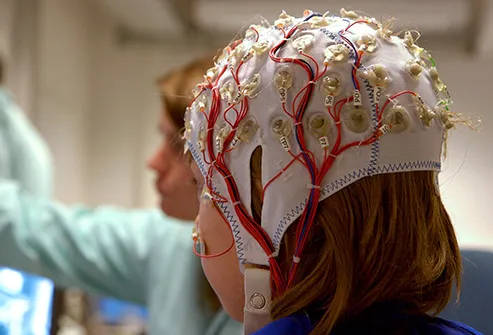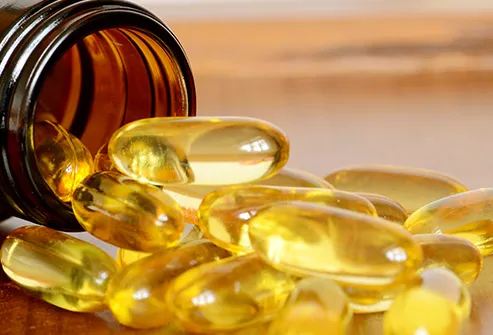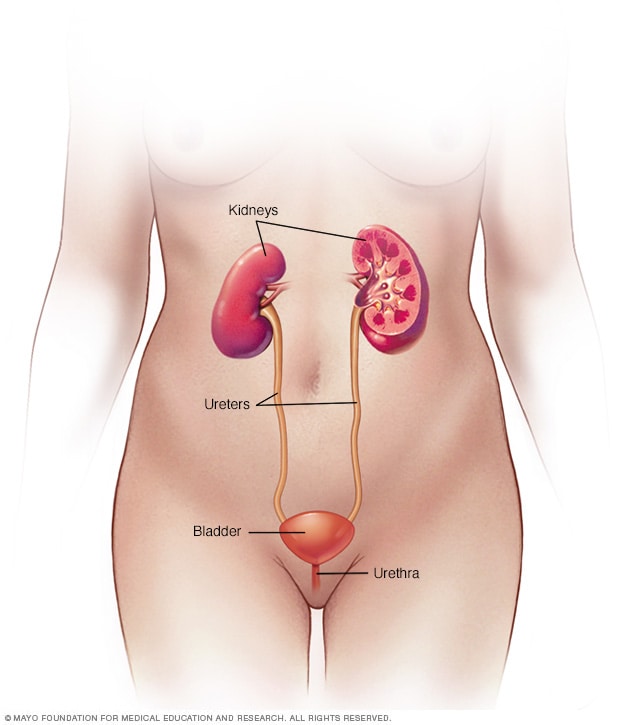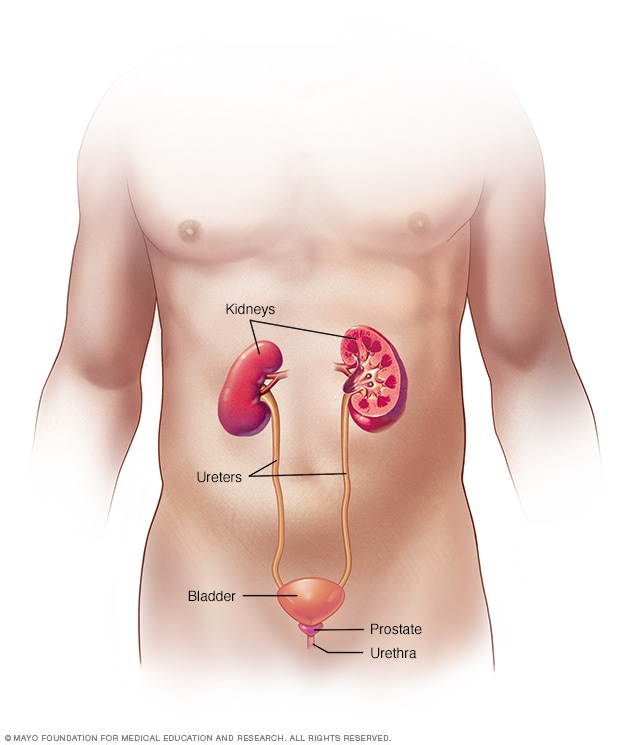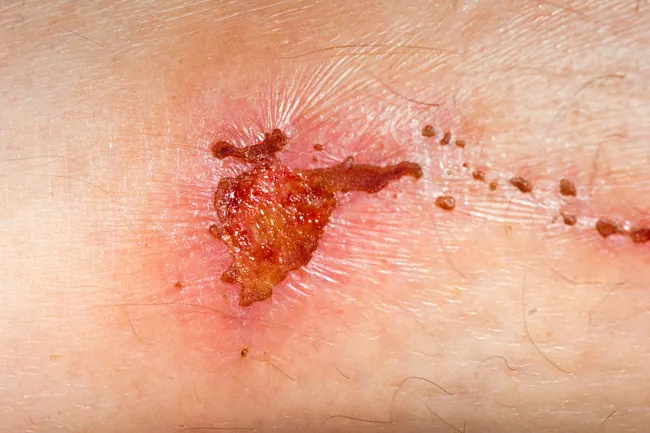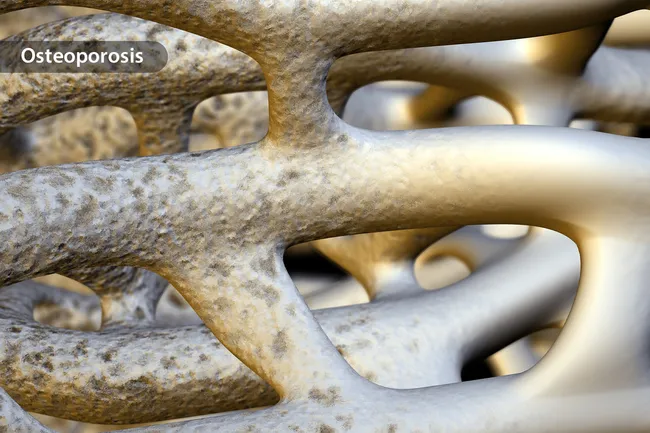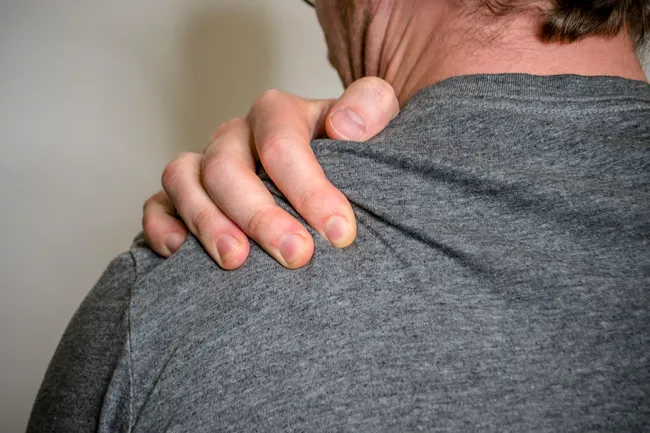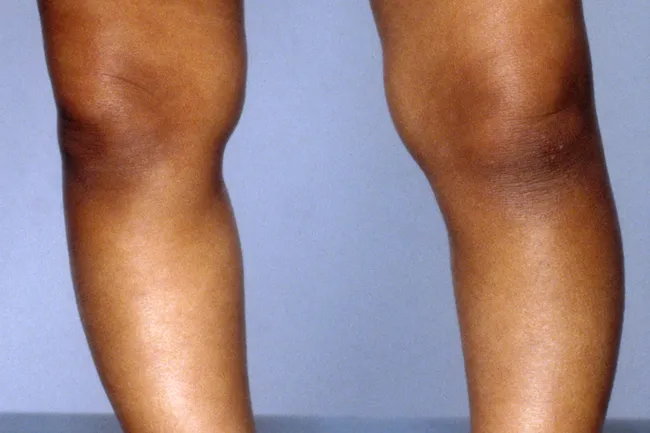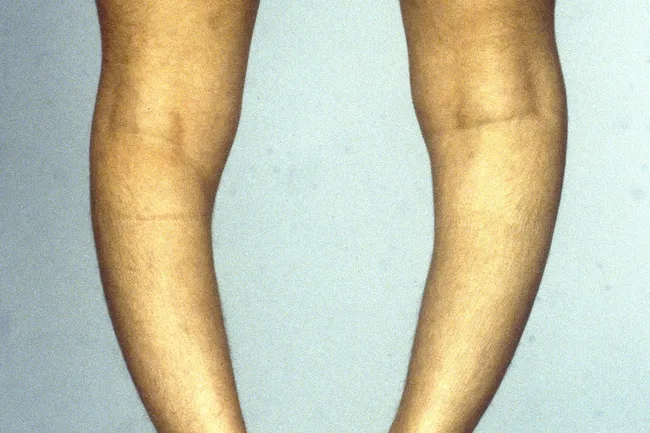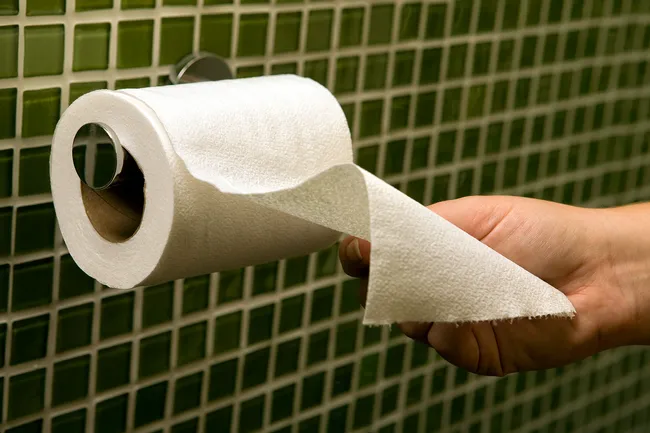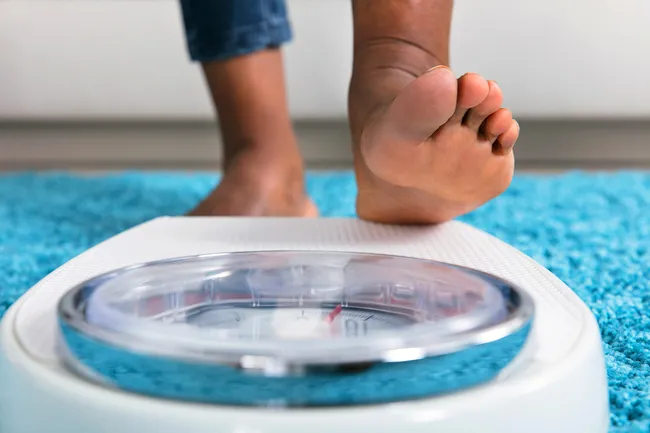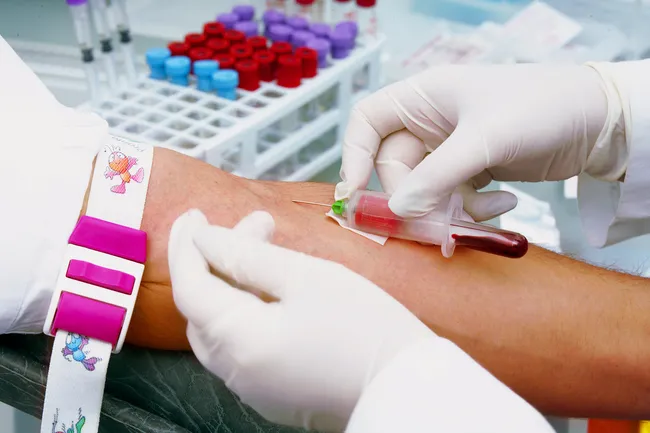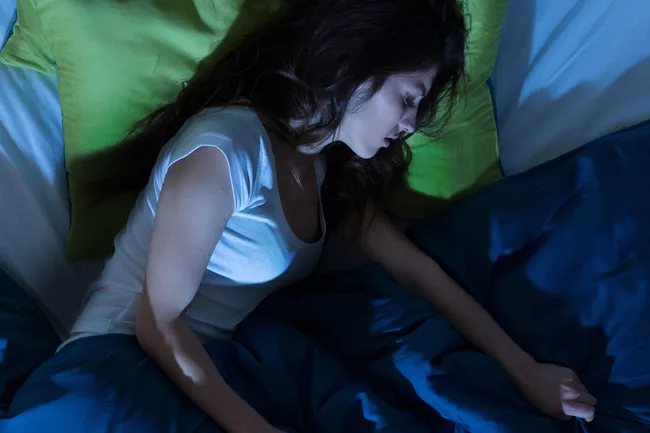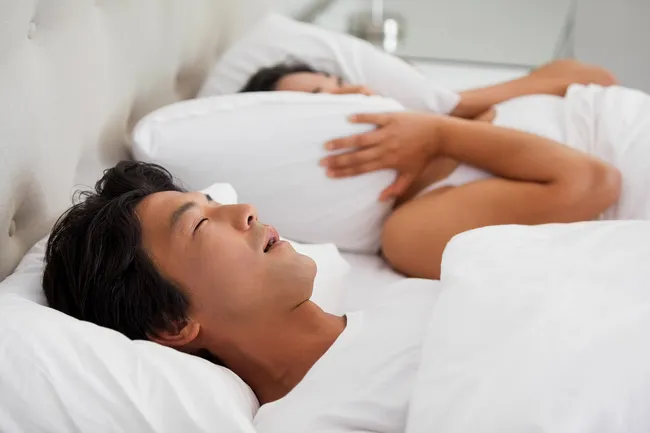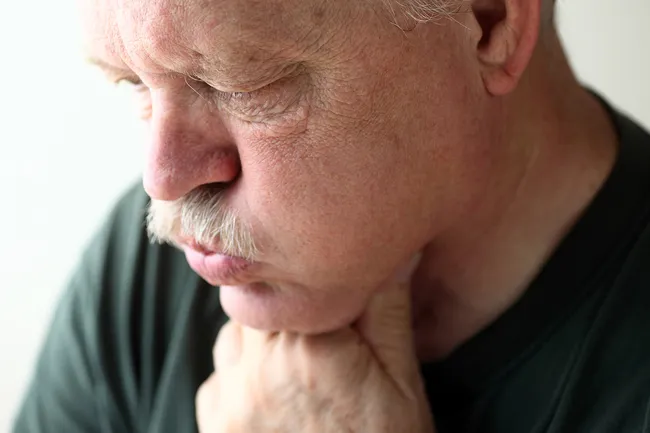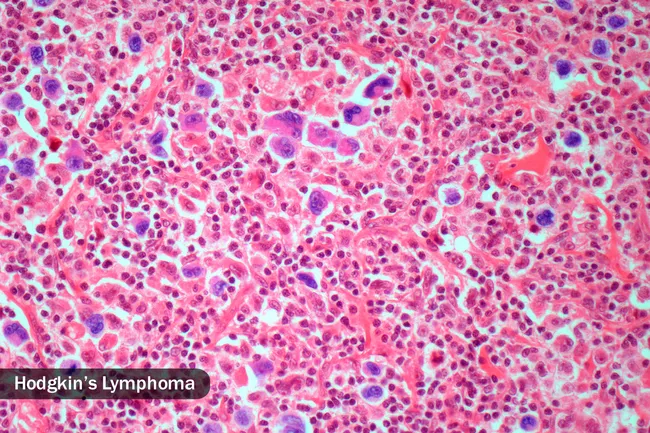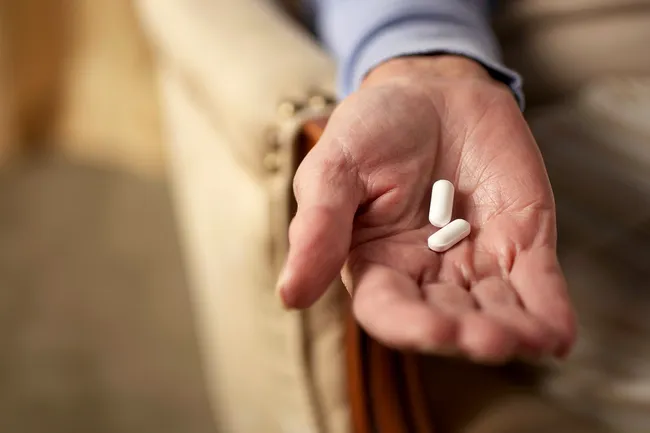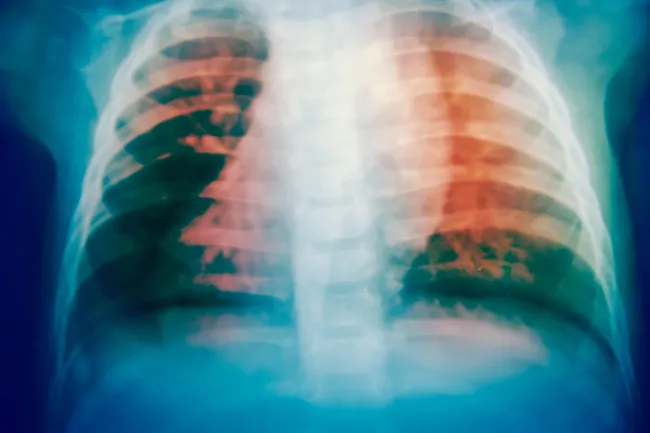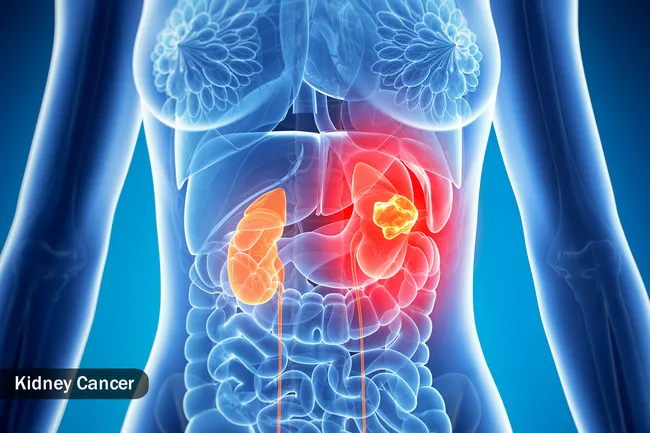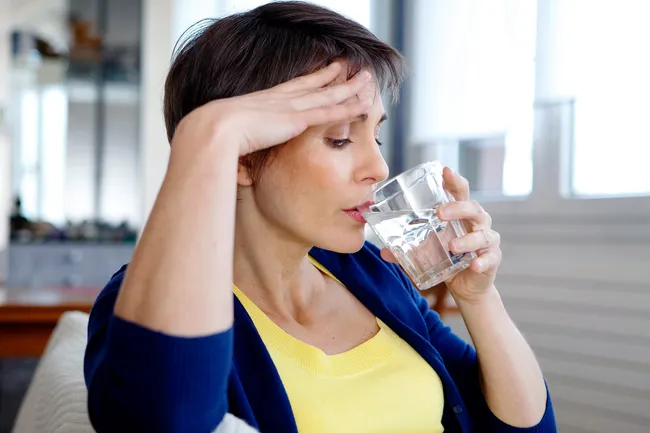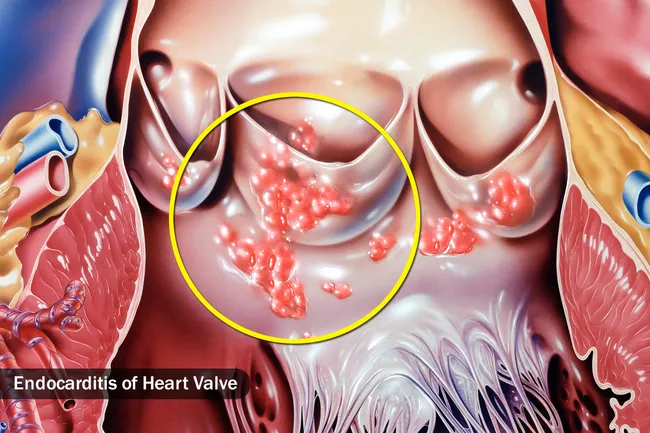Η
βιταμίνη D αποτελεί ένα θρεπτικό συστατικό, το οποίο εξασφαλίζουμε,
όπως και τα υπόλοιπα, μέσω της τροφής. Γνώριζες, όμως, ότι τη
συγκεκριμένη βιταμίνη μπορούμε να την εξασφαλίσουμε και μέσω της
επίδρασης της ηλιακής ακτινοβολίας στο δέρμα μας; Μπορεί να φαίνεται
παράξενο, αλλά η μοναδικότητα της βιταμίνης D έγκειται στο γεγονός ότι
μπορεί και να παραχθεί ενδογενώς στον οργανισμό μας. Αυτό συμβαίνει,
όταν η υπεριώδης ακτινοβολία του ηλίου πέσει πάνω στο δέρμα μας και
απορροφηθεί από μια συγκεκριμένη ουσία που υπάρχει σε αυτό και η οποία
μετατρέπεται στη συνέχεια σε βιταμίνη D. Μάλιστα, πάνω από το 90% της
βιταμίνης D εξασφαλίζεται με αυτόν τον τρόπο, ενώ από τη διατροφή μας
λαμβάνουμε μόνο το υπόλοιπο 10% αυτής.
Η
βιταμίνη D είναι απαραίτητη για τη διατήρηση της υγείας των οστών και
συγκεκριμένα, παίζει πολύ σημαντικό ρόλο στην ανάπτυξη του σκελετού σου,
τώρα, που βρίσκεσαι σε αυτή την ηλικία, καθώς με τη βοήθειά της
απορροφάται το ασβέστιο. Επίσης, υπάρχουν όλο και περισσότερες ενδείξεις
ότι προστατεύει και από την εμφάνιση ποικίλων χρόνιων νοσημάτων, όπως
τα καρδιαγγειακά και ο σακχαρώδης διαβήτης. Η ανεπάρκεια της βιταμίνης D
θεωρείται η πιο διαδεδομένη διατροφική ανεπάρκεια και μια από τις πιο
συχνά μη διαγνωσμένες παθολογικές καταστάσεις. Τι πρέπει να κάνουμε,
λοιπόν, για να εξασφαλίσουμε επαρκή επίπεδα βιταμίνης D;
Διατροφική πρόσληψη βιταμίνης D
Οι
κυριότερες διαιτητικές πηγές της βιταμίνης D είναι τα λιπαρά ψάρια,
όπως ο σολομός, η σαρδέλα, η ρέγκα και ο τόνος, τα ιχθυέλαια, το συκώτι,
ο κρόκος του αβγού, το γάλα και το τυρί, τα οποία συστήνεται να
εντάσσεις οπωσδήποτε στο διαιτολόγιό σου. Ωστόσο, τα τρόφιμα αυτά
περιέχουν μικρές ποσότητες βιταμίνης D, που δεν επαρκούν για να καλύψουν
τις ανάγκες του οργανισμού. Για το λόγο αυτό έχουν κυκλοφορήσει και
εμπλουτισμένα τρόφιμα με βιταμίνη D, όπως γάλα, μαργαρίνη, χυμοί
πορτοκαλιού και δημητριακά, τα οποία προτείνεται να καταναλώνονται στην
περίπτωση που δεν εξασφαλίζονται επαρκή επίπεδα βιταμίνης D μέσω της
διατροφής και της ηλιακής έκθεσης.
Έκθεση στον ήλιο
Τα
παιδιά που εκτίθενται περιορισμένο χρόνο στον ήλιο έχουν χαμηλά επίπεδα
βιταμίνης D. Συνεπώς, προτείνεται να αφιερώνετε χρόνο σε δραστηριότητες
που πραγματοποιούνται σε εξωτερικούς χώρους, προκειμένου να
εξασφαλιστεί η επαρκής παραγωγή της βιταμίνης D από την έκθεση στον
ήλιο. Ο χρόνος ασφαλούς ηλιακής έκθεσης για τη σύνθεση της απαιτούμενης
βιταμίνης D δεν είναι γνωστός, διότι εξαρτάται από ποικίλους παράγοντες,
όπως η εποχή, το γεωγραφικό πλάτος της χώρας, το χρώμα του δέρματος, η
ηλικία του ατόμου κ.ά. Ωστόσο, πιστεύεται ότι η έκθεση του προσώπου, του
λαιμού και των χεριών ακάλυπτων στον ήλιο, χωρίς αντηλιακό, για περίπου
30 λεπτά την ημέρα αρκεί για να παραχθεί η ποσότητα της βιταμίνης D που
χρειαζόμαστε. Τους καλοκαιρινούς μήνες αυτό είναι πιο εύκολο, ενώ
οποιαδήποτε πλεονάζουσα ποσότητα βιταμίνης D αποθηκεύεται στο λιπώδη
ιστό για μελλοντική χρήση.
Συμπερασματικά,
καθημερινές μικρές περίοδοι έκθεσης στον ήλιο βοηθούν στην εξασφάλιση
επαρκών επιπέδων βιταμίνης D. Ωστόσο, κατά τη διάρκεια των χειμερινών
μηνών, ιδιαιτέρως, όταν υιοθετούνται δραστηριότητες εντός του σπιτιού,
σημαντικό ρόλο διαδραματίζει η διατροφική πρόσληψη της βιταμίνης D, μέσω
των τροφίμων που την περιέχουν, συμπεριλαμβανομένων και των
εμπλουτισμένων. Στην περίπτωση που διαγνωστεί κάποια συγκεκριμένη
έλλειψη, μπορεί να χρειαστεί, εφόσον κριθεί αναγκαίο από κάποιον ειδικό,
η λήψη κάποιου συμπληρώματος βιταμίνης D.
Καταρχάς,
η διατροφική πρόσληψη της βιταμίνης D θα πρέπει να είναι επαρκής. Οι
κυριότερες διαιτητικές πηγές της βιταμίνης D είναι τα λιπαρά ψάρια, όπως
η σαρδέλα, ο κολιός και ο σολομός, τα ιχθυέλαια, καθώς και το συκώτι, ο
κρόκος του αβγού, το γάλα και το τυρί, τα οποία συστήνεται να
εντάσσονται οπωσδήποτε στη διατροφή των παιδιών. Ωστόσο, τα τρόφιμα αυτά
περιέχουν μικρές ποσότητες βιταμίνης D, που σε γενικές γραμμές δεν
επαρκούν για να καλύψουν τις ανάγκες του οργανισμού. Για τον λόγο αυτό
έχουν κυκλοφορήσει και εμπλουτισμένα τρόφιμα με βιταμίνη D, όπως γάλα,
μαργαρίνη, χυμοί πορτοκαλιού και δημητριακά. Συνεπώς, κατά τους
χειμερινούς μήνες του χρόνου, όταν η επίδραση της ηλιακής ακτινοβολίας
στο δέρμα μας είναι περιορισμένη, η κατανάλωση τέτοιου είδους τροφίμων
αποτελεί μια καλή εναλλακτική λύση, έναντι της κατανάλωσης των
αντίστοιχων συμβατικών, συμβάλλοντας στην εξασφάλιση των επιθυμητών
επιπέδων βιταμίνης D στο σώμα.
Σε κάθε όμως περίπτωση, η έκθεση στον
ήλιο παραμένει και κατά τον χειμώνα ο σημαντικότερος παράγοντας που
καθορίζει τα επίπεδα της βιταμίνης D στον οργανισμό. Συγκεκριμένα, η
έκθεση του προσώπου, του λαιμού, της παλάμης και των χεριών στον ήλιο,
ακάλυπτων χωρίς αντηλιακό, για περίπου 30 λεπτά την ημέρα αρκεί για να
παραχθεί η ποσότητα της βιταμίνης D που χρειαζόμαστε. Αυτό είναι ίσως
δύσκολο να επιτευχθεί από τα παιδιά κατά τους χειμερινούς μήνες, όταν οι
χαμηλές θερμοκρασίες και το γεγονός ότι σκοτεινιάζει νωρίς αποτελούν
εμπόδιο για πολλές δραστηριότητες. Εντούτοις, και τον χειμώνα, εφόσον το
επιτρέπει ο καιρός, είναι σημαντικό να προτρέπουμε τα παιδιά να
διατηρούν το πρόγραμμα των δραστηριοτήτων τους αλλά και να βρίσκουν
τρόπους για να περνούν χρόνο σε εξωτερικούς χώρους. Για παράδειγμα, να
εκμεταλλεύονται τις ηλιόλουστες μέρες του χειμώνα για παιχνίδι με τους
φίλους τους, περιπάτους στη φύση, βόλτες με το ποδήλατο ή και
δραστηριότητες με όλη την οικογένεια (π.χ. εκδρομές). Τέλος, το χιόνι,
όποτε εμφανίζεται, αποτελεί πάντα μια ευχάριστη αφορμή, ειδικά για τα
παιδιά, για να αOSTEOPOROSIS, LOW VIT D, σχοληθούν με δραστηριότητες που εξασφαλίζουν έκθεση στον
ήλιο, για παράδειγμα, είτε παίζοντας, είτε πηγαίνοντας σε κάποιο
ανοιχτό παγοδρόμιο. Υπάρχει βέβαια και η δυνατότητα συμμετοχής σε πιο
οργανωμένα αθλήματα στο βουνό, όπως το σκι και η ορειβασία.
Συμπερασματικά, κατά τη διάρκεια
των χειμερινών μηνών, είναι σημαντικό τα παιδιά να εξασφαλίζουν
καθημερινά μικρές περιόδους έκθεσης στον ήλιο, αλλά και να ακολουθούν
ένα ισορροπημένο πλάνο διατροφής, με στόχο την εξασφάλιση επαρκών
επιπέδων βιταμίνης D στο σώμα. Αξίζει, τέλος, να αναφερθεί ότι
μόνο στην περίπτωση που διαγνωστεί κάποια συγκεκριμένη έλλειψη, μπορεί
να χρειαστεί, εφόσον κριθεί αναγκαίο από κάποιον ειδικό, η λήψη κάποιου
συμπληρώματος βιταμίνης D.







